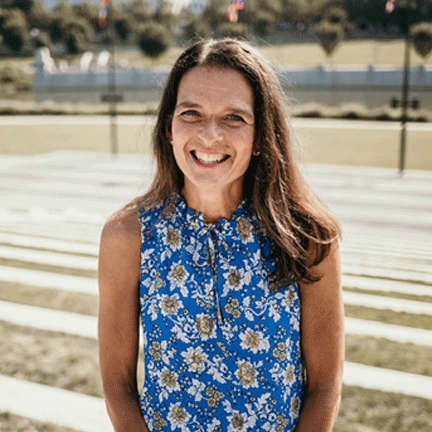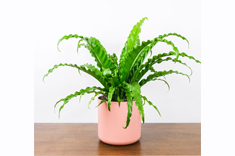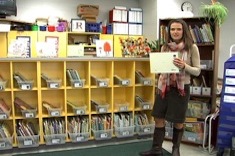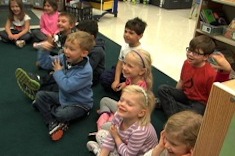Although I add books to my classroom library each year, moving schools and changing grade levels was an invitation to make changes. Opening the boxes of packed books was an opportunity to see my collection of books with new eyes. As I stood over the piles of unpacked books, I saw lots of titles I loved, and some I’d forgotten I owned. Before I put the books on the shelves, I decided to rethink some of my tried-and-true systems for organizing the classroom library.
Math Books
I put my math literature books on the shelf next to my math manipulatives. I started to replicate the same organization I’d had last year and remembered that those books were rarely read. A new school year was an opportunity to do things differently. I decided to organize the books by math topic and then place the books on the same shelf as the math manipulatives. Stories about telling time are next to the plastic clocks, and the stories about sharing are next to fraction strips. This new organization was energizing!
Genre, Topic, and Format
My daughter helped unpack the nonfiction books from the boxes and tried to organize them into topics for me. I had to adjust my daughter’s piles and discovered what I thought was a brilliant idea. She had placed my nonfiction poetry books in topic tubs! As I pondered this unexpected organizing tip, I realized it made total sense and brought a new energy to my nonfiction book collection. Poetry is a format, not a genre, and readers are learning information within nonfiction poetry. I started reading my nonfiction poetry books and noticed I was reading them through a new lens: a lens of information seeker.
Chapter Books
I enjoy curating a classroom library, and in this moment with books all over my floor, I was overwhelmed. I didn’t know where to start and reached out to a friend. I shared my previous organization, holding up book after book. She confirmed the series and book tub ideas I already had in place. She also nudged me to get rid of some chapter book authors that I loved and had even read as a child. We pondered three questions.
- If I read the author as a student, is that a current enough perspective?
- Is the message relevant for today’s readers?
- Do the characters represent our community and beyond?
I felt sad, letting go of books I knew had been enjoyed over the years. I discovered that white characters dominated my collection. We brainstormed new characters that would represent my community, the world beyond, and my students’ lives.
Picture Books
When we got to the groups of picture books and I shared my author tubs, my friend told me, “Mandy, they are all old white authors.” I was caught off guard. That wasn’t something I had ever pondered. They had been near and dear authors to me when I’d begun my teaching career, and that was a while ago. We looked at the books I had and how I could build new picture book author tubs—author tubs with more representation of other cultures. She also encouraged me to purge my large picture book collection. We pondered three questions.
- Are they current books, published after 2000?
- Are the covers of high interest?
- Are the topics engaging for today?
Then as all good mentors do, she nudged me to start small: Take one box and try to weed out five books. I weeded out nine in just that first try. Over the next couple of days, I purged old books, and it became quite easy, knowing my friend’s private nature-based school needed books. I let go of books I had enjoyed using in younger primary grades, realizing I could get them from the library. My picture book collection was now much more manageable for my students and me.
Quite honestly, I probably needed to make these changes before this year. Rethinking and revamping my classroom library made it more relevant and manageable, and an opportunity for forward motion. I think of forward motion as the classroom library engagement piece for a community of readers. Students are able to find authors, series, and topics they want to explore and interact with more. They are able to locate genres and formats they enjoy. Students and I are able to recommend books to each other and know where the just-right book might be for a friend. Investing time and revamping our classroom libraries jump-starts a reading community.








